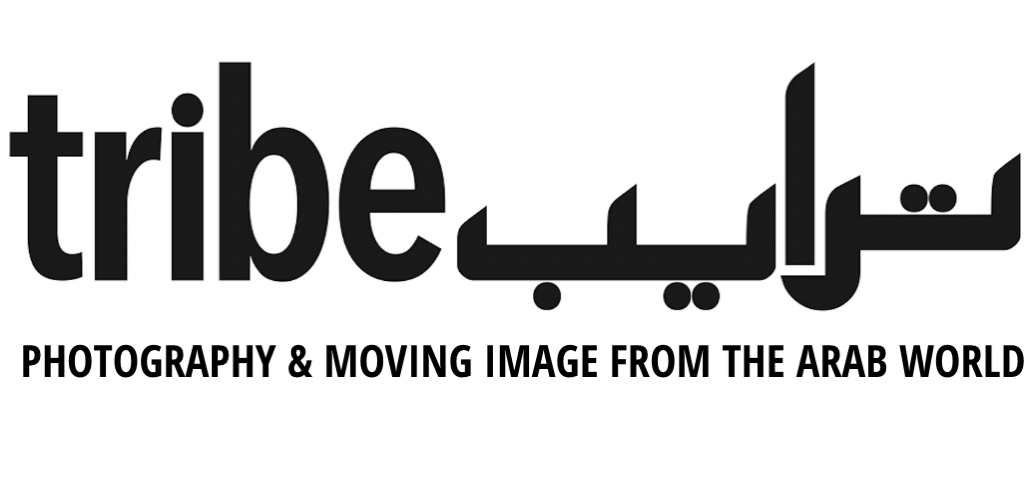Tala Worrell: Abu Dhabi in Black and White
Images, ideas and memories
Tala Worrell, On the Bridge to Nowhere from the series Abu Dhabi in Black and White (2015), Scanned 25 mm negative. Courtesy of the artist.
With text by Shiva Balaghi, scholar and curator.
Taking photographs, wrote the critic Susan Sontag, is a way of ‘converting experience into an image, a souvenir.’ For Tala Worrell, photographing Abu Dhabi became a way to capture memories of a place she knows as home. ‘I felt compelled to photograph this world, because it is the backbone of my foundational imagery,’ Worrell says. ‘It is the world that I return to in my mind when I feel uncertain or at a loss for what to do next. I wanted to make sure I had this cornucopia of images, ideas and memories available to me whenever I went going forward. Maybe I wanted to be sure that I could carry the security of knowing that I now a place and have seen it for what it is.’
‘After living away from Abu Dhabi for a few years, I was struck by how comforting it felt to be somewhere that I knew like the back of my hand’, the artist explains. Abu Dhabi is where she learned how to read and write, how to ride a horse and how to make art. After studying at Brown University and the Rhode Island School of Design (RISD), Worrell spend time as an artist in residence at Beirut’s Ashkal Alwan, and in 2016 she returned to Abu Dhabi as an award recipient of the Salama Bint Hamdan Fellowship for Emerging Artists.
Worrell’s series of black and white photographs depicting Abu Dhabi’s urban landscape have a light, ethereal tonality. Stripped of color, perception comes into play. The photographs convey a layered, architectural quality. ‘When I shoot in black and white,’ Worrell tells me, ‘it becomes a search for the nature of things, an unseen truth. Stripping away color allows me to rely on the basics - light and shadow, the discovery of form.’ Ant within those stratified layers of grey color, there is a beautifully grainy quality which Worrell uses to ‘speak to the graininess of Abu Dhabi air in the summer when the dust just sits suspended in the atmosphere.’
Her photographs are at once spare and redolent. The waters of Mina Zayed Port are calm. The horse track at the Abu Dhabi Equestrian Club is barren. The construction of the new Abu Dhabi National Oil Company building is at a standstill. The horizon extends just beyond a bridge to nowhere. ‘A photograph’, wrote art critic John Berger, ‘while recording what has been seen, always and by its nature refers to what is not seen. It isolates, preserves, and presents a moment taken from a continuum […] What it shows invokes what is not shown.’ Invoked by Worrell’s photographs is the stark absence of people; a disconnection which creates an aesthetic gap. Worrell’s images are marked by a vast emptiness.
The photographic moment lies on a continuum. There is what came before the photograph was taken, and there is what comes next. The temporal ambiguity in Worrell’s photography is a deliberate, artistic choice. When were these photographs taken? The usual markers one might use - the color of the sky, the flows of traffic, the movement of people - are absent. And. Yet we know time is passing, change is happening. The horses will be racing. The fishermen will cast their nets. A new ADNOC building is taking shape alongside the old one. A sculptural suspension bridge that appears to go to ‘nowhere’ suggests that some day the city will extend itself further. Time stops and starts. Change is incremental and the past always anchors what comes next.


